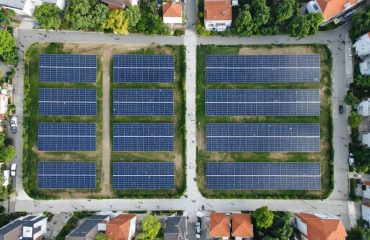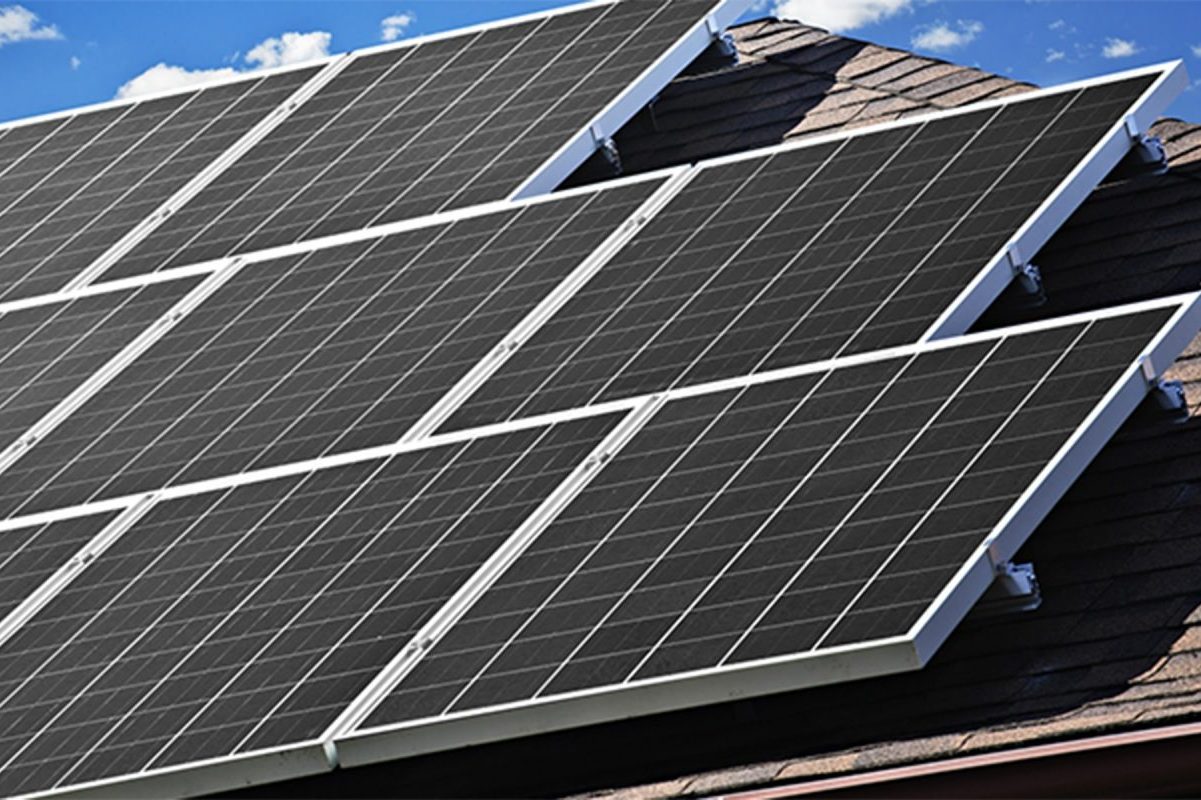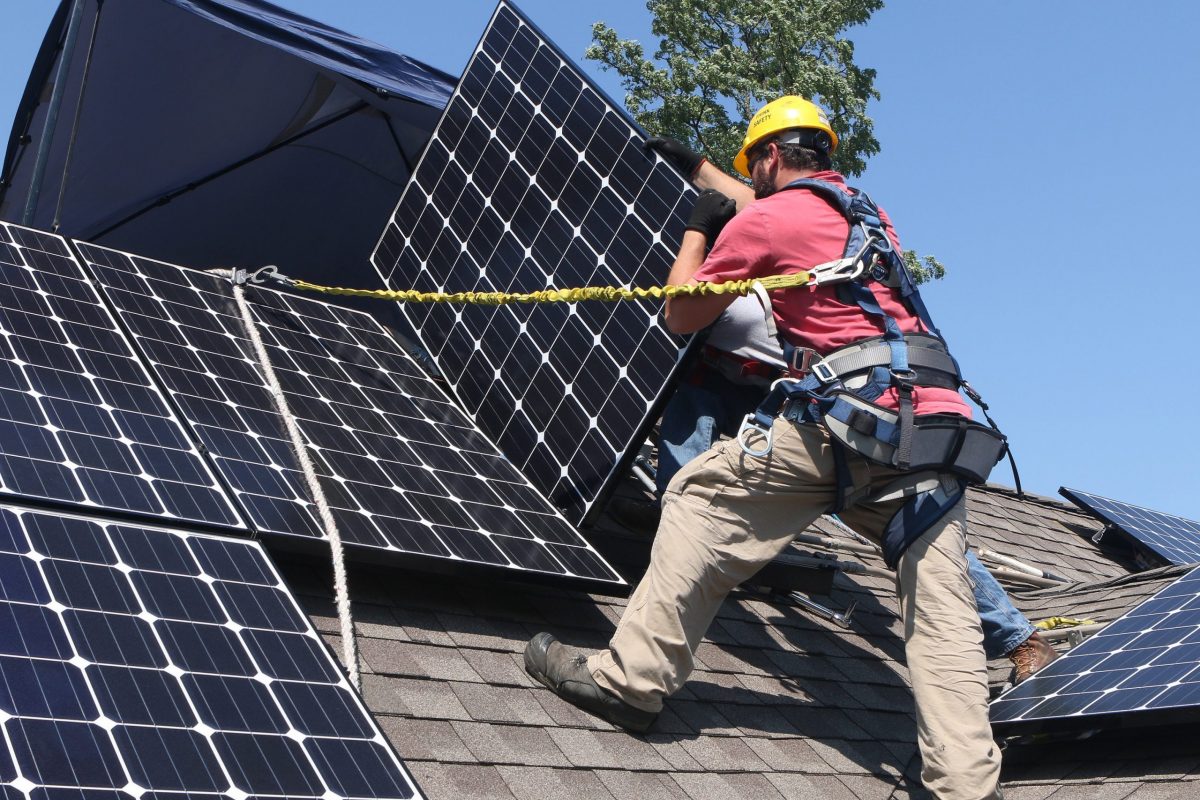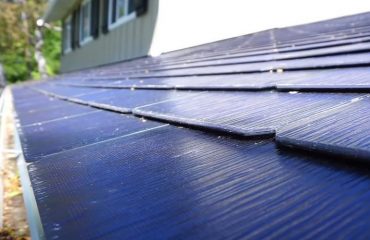Cross-cultural collaboration in solar energy development has revolutionized home energy solutions, bringing cutting-edge technology and cost savings directly to your doorstep. Global partnerships between manufacturers, researchers, and installers have created a powerful ecosystem that delivers more efficient, affordable solar solutions for homeowners.
By combining German engineering precision, Chinese manufacturing scale, and American innovation, today’s solar installations offer unprecedented value. These international collaborations have slashed panel costs by 80% over the past decade while dramatically improving energy conversion rates and system reliability.
For homeowners, this worldwide cooperation translates into tangible benefits: more durable panels, smarter energy management systems, and significantly lower installation costs. Whether you’re considering solar for the first time or upgrading existing systems, you’re benefiting from a global network of expertise that continues to make clean energy more accessible and affordable.
The future of residential solar looks even brighter as cross-cultural teams work together to develop next-generation technologies that will further reduce costs and increase efficiency for homeowners like you.
The Global Solar Innovation Network
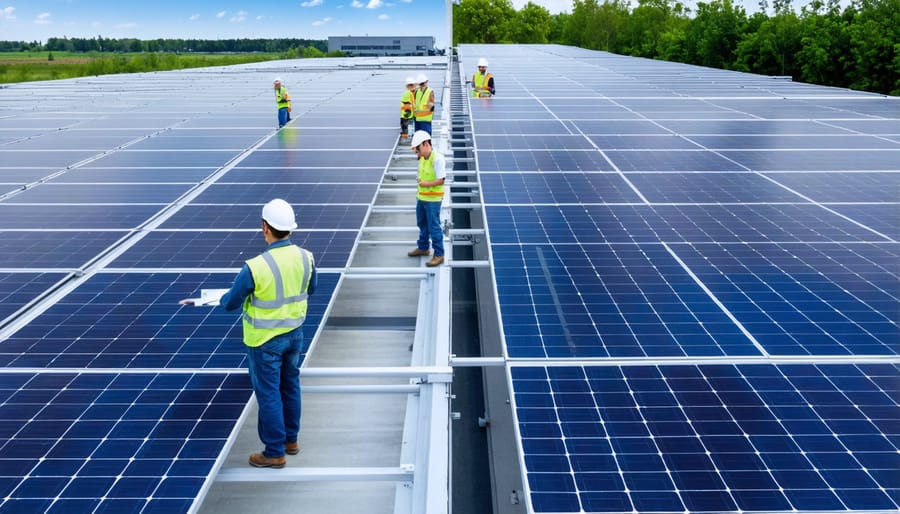
Technology Exchange Benefits
When countries collaborate on solar technology, homeowners like you reap the benefits. Japanese engineers, known for their precision manufacturing, have teamed up with German solar scientists to create panels that last longer and perform better in various weather conditions. Meanwhile, American innovation combined with Chinese manufacturing expertise has helped drive down costs while improving overall quality.
These international partnerships have led to exciting breakthroughs. For example, recent collaborations between Australian and South Korean researchers resulted in panels that maintain peak performance even during cloudy days. Similarly, Swiss-Indian joint ventures have developed coatings that help panels stay cleaner for longer, reducing maintenance needs and extending their lifespan.
The real winners are homeowners, who now have access to more efficient and durable solar solutions at better prices. These cross-cultural innovations mean your solar investment works harder and lasts longer. Today’s panels are typically 20-25% more efficient than those from just five years ago, directly translating to lower energy bills and better long-term value for your home.
Cost Reduction Through Global Supply Chains
Global supply chains have revolutionized the solar industry, making sustainable energy more accessible and affordable for homeowners. By leveraging international partnerships, solar companies can source high-quality components from specialized manufacturers worldwide, significantly reducing installation costs. These collaborations combine German engineering expertise, Chinese manufacturing efficiency, and American innovation to deliver optimal solutions at better prices.
The benefits of these partnerships extend beyond just cost savings. When combined with solar education and cost savings initiatives, homeowners can make informed decisions about their energy investments. International collaboration has led to standardized quality controls and improved warranty programs, ensuring reliable performance while maintaining competitive pricing.
For example, solar panels manufactured in Asia using European technology typically cost 20-30% less than those produced entirely in Western countries, without compromising on quality. This cost reduction makes solar energy more accessible to average homeowners, accelerating the transition to clean energy while maintaining high performance standards. The result is a win-win situation where homeowners benefit from both advanced technology and affordable pricing.
Success Stories in Cross-Cultural Solar Innovation
European-Asian Solar Technology Integration
The partnership between European and Asian solar manufacturers has led to remarkable improvements in residential solar technology, making systems more efficient and affordable for homeowners. German engineering precision combined with Japanese manufacturing expertise has resulted in solar panels that are 23% more efficient than previous generations, while costing 30% less to produce.
A prime example is the collaboration between SolarTech GmbH and Kyoto Solar Industries, which developed new anti-reflective coating technology that captures more sunlight during cloudy days. This innovation particularly benefits homeowners in regions with variable weather conditions, ensuring consistent energy production year-round.
Chinese-Danish partnerships have also revolutionized solar panel frame design, creating more durable systems that can withstand extreme weather conditions. These collaborations have resulted in panels that last up to 30 years, providing homeowners with better long-term value and reliability.
The cultural exchange has extended beyond technology to installation methods. Swedish minimalist design principles combined with Korean smart home integration have created solar systems that are both aesthetically pleasing and highly functional. These improvements have made solar power more attractive to homeowners who previously hesitated due to aesthetic concerns or complicated setup processes.

American-German Energy Storage Solutions
The partnership between American and German engineers has revolutionized how we store solar energy at home. By combining German precision engineering with American innovation, these collaborations have created more efficient and affordable battery solutions for homeowners.
A prime example is the development of advanced lithium-ion batteries that last longer and cost less. German manufacturers brought their expertise in quality control and safety standards, while American companies contributed breakthrough technologies in thermal management and smart monitoring systems. This collaboration has resulted in batteries that are 30% more efficient than previous models, helping homeowners save more on their energy bills.
These international partnerships have also accelerated the development of user-friendly features. Today’s storage systems come with intuitive apps that let you monitor your energy usage from your smartphone, a direct result of combining German reliability with American consumer-focused design.
The impact extends beyond technology. Manufacturing plants in both countries have created jobs and fostered knowledge sharing, leading to faster innovation cycles. For homeowners, this means access to better products at more competitive prices, making the switch to solar storage more affordable than ever before.
What This Means for Your Home
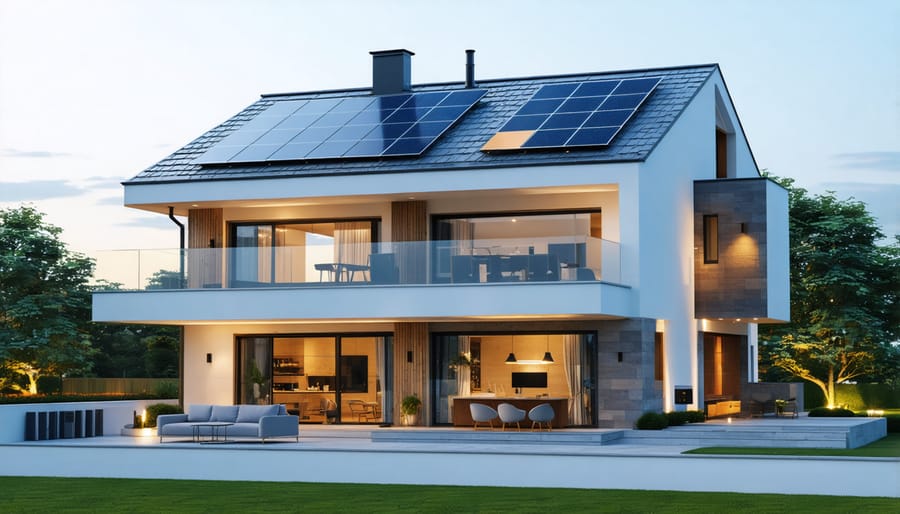
Better Technology, Lower Prices
When solar companies collaborate across borders, homeowners reap significant benefits through improved technology and reduced costs. International partnerships between manufacturers, researchers, and installers have led to remarkable innovations in solar panel efficiency and design. These advancements translate directly into more affordable solar solutions for homeowners.
For example, partnerships between German engineering firms and Chinese manufacturing facilities have resulted in higher-quality panels at lower production costs. American software developers working with Japanese hardware specialists have created smarter, more efficient energy management systems that maximize solar power generation. These collaborations have driven down equipment costs while improving performance and reliability.
The competitive global marketplace has also spurred innovation in installation methods and maintenance procedures. Teams from different countries share best practices, leading to standardized installation techniques that reduce labor costs and installation time. This means homeowners can now have solar systems installed more quickly and at a lower price point than ever before.
Additionally, cross-cultural collaboration has improved supply chain efficiency. When manufacturers work together across continents, they can optimize production schedules and shipping routes, ultimately reducing costs that would otherwise be passed on to consumers. This global approach to solar technology development and distribution ensures that homeowners benefit from the latest innovations while keeping installation costs manageable.
Future-Proof Installation Options
International collaboration has revolutionized solar installation standards, ensuring that today’s systems remain compatible and efficient for decades to come. These globally-aligned standards mean homeowners can confidently invest in solar technology, knowing their systems will integrate seamlessly with future innovations and accessible clean energy options.
The widespread adoption of universal mounting systems, standardized electrical connections, and internationally certified components means that replacement parts and upgrades will remain readily available. This standardization also ensures that installations can be easily maintained or modified by qualified technicians anywhere in the world, protecting your investment for the long term.
Modern solar installations incorporate smart technology and communication protocols that work across different manufacturers and countries. This universal compatibility means your system can easily integrate with new energy management systems, battery storage solutions, and emerging clean energy technologies as they become available.
The development of these international standards has also led to more rigorous quality control measures. Solar components must now meet strict global certification requirements, resulting in more durable and reliable installations. This collaborative approach to quality assurance means homeowners can expect their solar systems to maintain peak performance well into the future, while supporting the continued evolution of renewable energy technology.
Cross-cultural collaboration in solar energy has revolutionized how homeowners access and benefit from solar power. By bringing together diverse perspectives, technologies, and expertise from around the world, these partnerships have made residential solar installations more efficient, affordable, and accessible than ever before.
The fusion of German engineering precision, Chinese manufacturing scale, and American innovation has driven down costs while improving panel efficiency and durability. This global cooperation has resulted in better warranties, more reliable products, and simplified installation processes that directly benefit homeowners.
These international partnerships have also accelerated the development of smart energy management systems, making it easier for households to monitor and optimize their solar energy consumption. The exchange of best practices across borders has led to improved installation standards and better customer service.
For homeowners considering solar power, this means access to high-quality, affordable systems that combine the best features from different cultures and technological traditions. As these collaborations continue to grow, we can expect even more innovations that make solar energy an increasingly attractive option for sustainable living and long-term energy savings.



